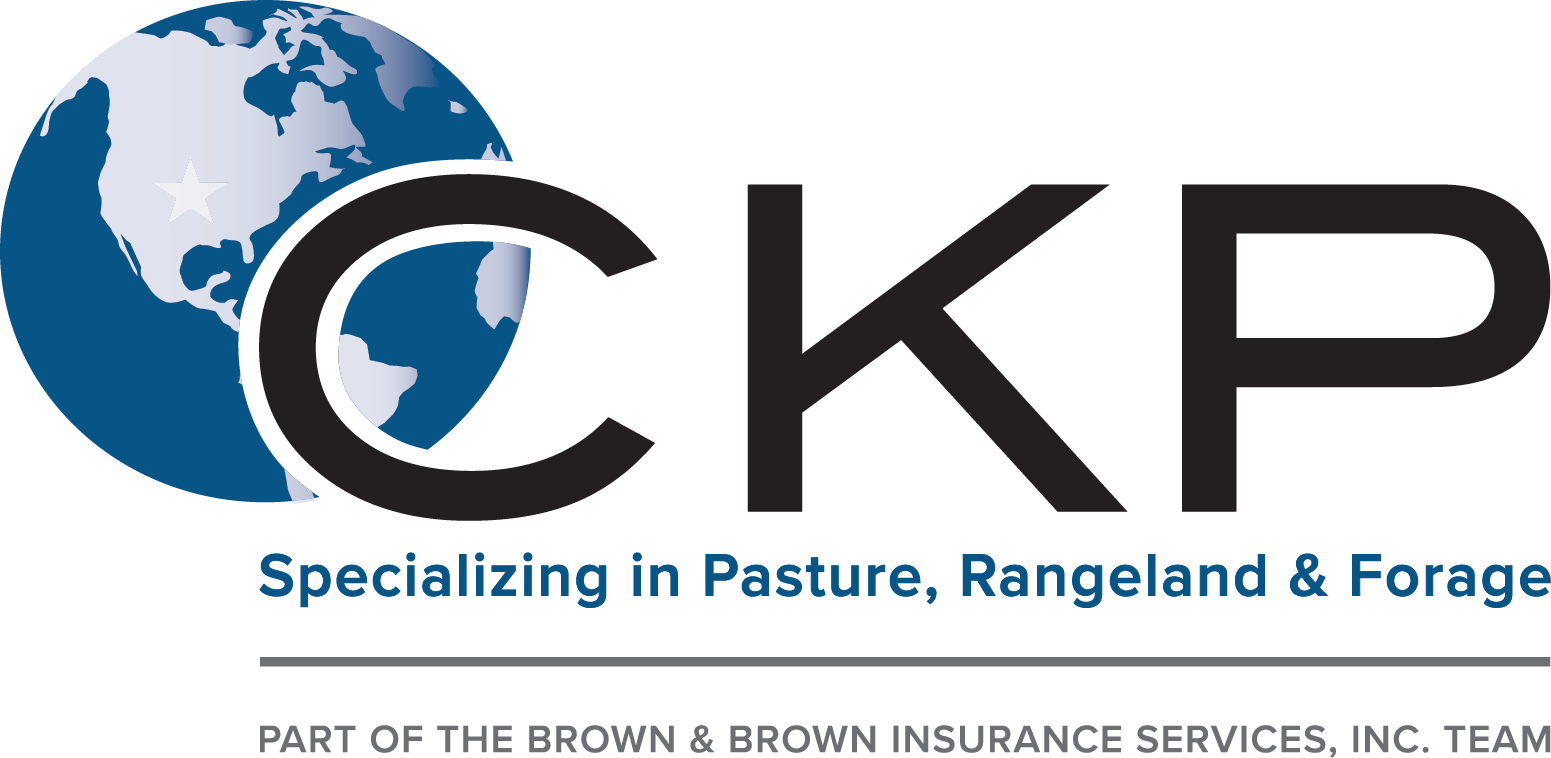The Basic Principles Of Bagley Risk Management
The Basic Principles Of Bagley Risk Management
Blog Article
Expert Advice on Threat Evaluation and LRP Insurance Coverage Solutions

The Value of Danger Analysis
Effective risk evaluation is basic in the decision-making procedure of any organization, leading strategic planning and source allowance. By systematically recognizing, examining, and prioritizing potential dangers, services can prepare for challenges, maximize possibilities, and make educated choices to attain their purposes. Danger assessment allows companies to proactively deal with vulnerabilities, alleviate risks, and enhance their danger management methods.
One of the key advantages of threat analysis is its function in improving functional performance. By understanding the prospective risks that might impact various aspects of business, companies can enhance processes, allocate sources better, and reduce the likelihood of costly interruptions. Furthermore, risk evaluation makes it possible for companies to comply with regulative demands, guard their reputation, and develop trust with stakeholders.
Understanding Prospective Losses
To grasp the influence of risk evaluation, it is imperative to comprehend the potential losses that could considerably impact a company's operations and monetary security. Prospective losses can develop from numerous resources, including natural calamities, economic downturns, operational failings, governing changes, and cybersecurity breaches. These losses can cause straight costs such as home damage, legal costs, and fines, in addition to indirect prices like reputational damages and loss of market share.
Recognizing possible losses entails carrying out a thorough evaluation of the threats that might appear and approximating the financial effect they might have on the company. By quantifying these prospective losses, organizations can focus on threat mitigation initiatives and designate resources properly. In addition, a comprehensive understanding of possible losses enables companies to make educated decisions when selecting danger administration techniques, such as buying insurance policy protection or carrying out risk control measures. Bagley Risk Management.
Fundamentally, by identifying and comprehending potential losses, companies can proactively take care of threats and guard their lasting sustainability and success.
Role of LRP Insurance Solutions
The assimilation of LRP insurance services within a company's threat management structure improves strength and fortifies monetary security against unpredicted misfortunes. LRP, or Loss Healing Item, insurance policy services play a critical role in mitigating the effect of potential losses by offering economic protection and support in times of dilemma. These insurance policy services are customized to meet the specific demands of companies, offering protection for different dangers such as home damage, business link disruption, responsibility claims, and a lot more.
By moving the economic risk to an insurance coverage company, businesses can concentrate on their core procedures with better tranquility of mind, understanding that they are secured versus substantial economic losses. Additionally, LRP insurance policy solutions can enhance a company's threat management method by supplementing existing threat mitigation procedures and guaranteeing extensive defense throughout all areas of possible susceptability.
Identifying Trick Risks
In the procedure of risk assessment, a critical step involves recognizing key risks that have the prospective to affect an organization's procedures and financial stability. Determining essential dangers needs a thorough analysis of exterior and interior factors that can position threats to the company's goals. Interior dangers might include functional ineffectiveness, compliance problems, or personnel obstacles, while exterior risks might incorporate economic recessions, regulative adjustments, or all-natural disasters.

Moreover, crucial threats must be routinely assessed and like this updated to align with the vibrant company environment. This positive strategy makes it possible for organizations to remain in advance of potential hazards and protect their lasting success.
Selecting the Right Insurance Coverage
Having identified the key threats that might influence an organization's procedures and economic security, the following critical action includes very carefully choosing the appropriate insurance coverage to efficiently handle and minimize these threats. When it concerns choosing the ideal protection, organizations need to consider their specific threat exposure, financial capacities, and critical goals. It is vital to conduct an extensive evaluation of the offered insurance policy alternatives to ensure that the picked protection straightens with the organization's threat monitoring objectives.

Organizations ought to work carefully with knowledgeable insurance policy professionals to analyze their danger profiles and identify the most appropriate insurance coverage products to address their needs. Tailoring insurance policy protection to details risks can help enhance defense while minimizing unneeded costs. Furthermore, companies ought to review policy terms and conditions thoroughly to understand the level of coverage supplied and any type of informative post possible exclusions that may affect their risk mitigation strategies.
Final Thought
In final thought, danger evaluation is critical in determining prospective losses and selecting the right LRP insurance solutions. Specialist guidance can assist navigate the complexities of threat analysis and insurance options, supplying services with the necessary devices to efficiently take care of and mitigate risks.
Professional advice plays an essential function in this process, using valuable understandings right into recognizing and reviewing threats, as well as strategically picking appropriate insurance coverage tailored to minimize those dangers effectively. An extensive understanding of potential losses makes it possible for organizations to make enlightened choices when choosing threat management methods, such as purchasing insurance policy coverage or executing risk control procedures.

Report this page